Jacky Chen Long Chai
Understanding the Feature Norm for Out-of-Distribution Detection
Oct 09, 2023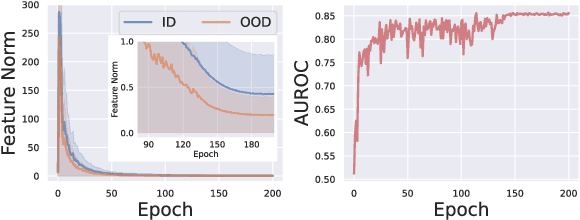

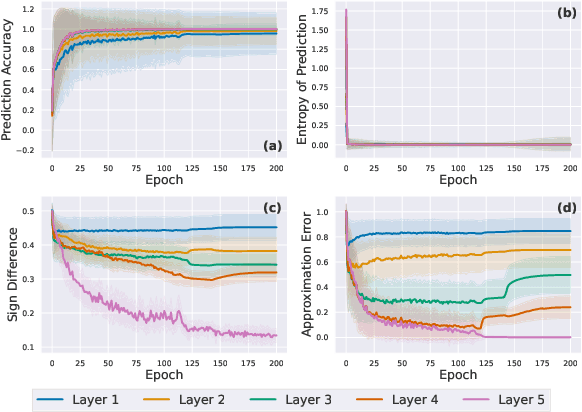
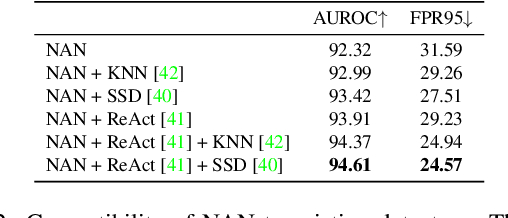
Abstract:A neural network trained on a classification dataset often exhibits a higher vector norm of hidden layer features for in-distribution (ID) samples, while producing relatively lower norm values on unseen instances from out-of-distribution (OOD). Despite this intriguing phenomenon being utilized in many applications, the underlying cause has not been thoroughly investigated. In this study, we demystify this very phenomenon by scrutinizing the discriminative structures concealed in the intermediate layers of a neural network. Our analysis leads to the following discoveries: (1) The feature norm is a confidence value of a classifier hidden in the network layer, specifically its maximum logit. Hence, the feature norm distinguishes OOD from ID in the same manner that a classifier confidence does. (2) The feature norm is class-agnostic, thus it can detect OOD samples across diverse discriminative models. (3) The conventional feature norm fails to capture the deactivation tendency of hidden layer neurons, which may lead to misidentification of ID samples as OOD instances. To resolve this drawback, we propose a novel negative-aware norm (NAN) that can capture both the activation and deactivation tendencies of hidden layer neurons. We conduct extensive experiments on NAN, demonstrating its efficacy and compatibility with existing OOD detectors, as well as its capability in label-free environments.
Recognizability Embedding Enhancement for Very Low-Resolution Face Recognition and Quality Estimation
Apr 20, 2023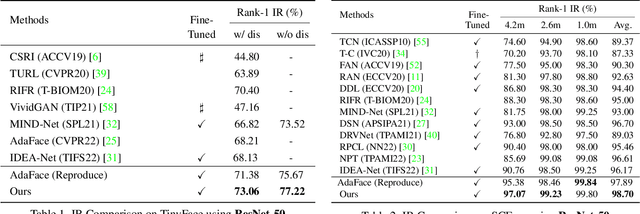
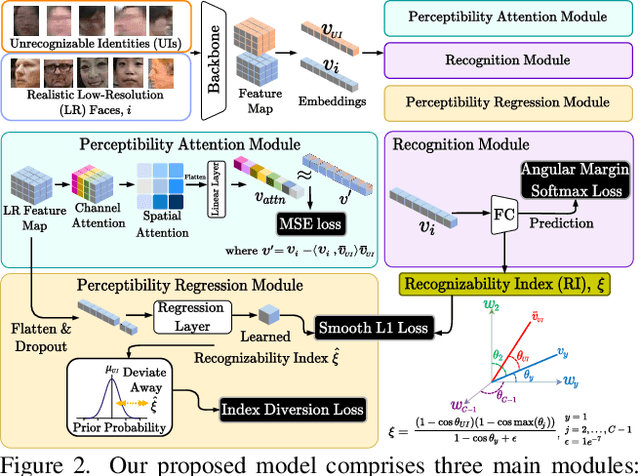

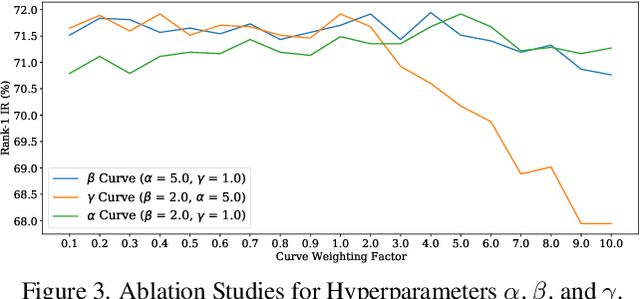
Abstract:Very low-resolution face recognition (VLRFR) poses unique challenges, such as tiny regions of interest and poor resolution due to extreme standoff distance or wide viewing angle of the acquisition devices. In this paper, we study principled approaches to elevate the recognizability of a face in the embedding space instead of the visual quality. We first formulate a robust learning-based face recognizability measure, namely recognizability index (RI), based on two criteria: (i) proximity of each face embedding against the unrecognizable faces cluster center and (ii) closeness of each face embedding against its positive and negative class prototypes. We then devise an index diversion loss to push the hard-to-recognize face embedding with low RI away from unrecognizable faces cluster to boost the RI, which reflects better recognizability. Additionally, a perceptibility attention mechanism is introduced to attend to the most recognizable face regions, which offers better explanatory and discriminative traits for embedding learning. Our proposed model is trained end-to-end and simultaneously serves recognizability-aware embedding learning and face quality estimation. To address VLRFR, our extensive evaluations on three challenging low-resolution datasets and face quality assessment demonstrate the superiority of the proposed model over the state-of-the-art methods.
 Add to Chrome
Add to Chrome Add to Firefox
Add to Firefox Add to Edge
Add to Edge